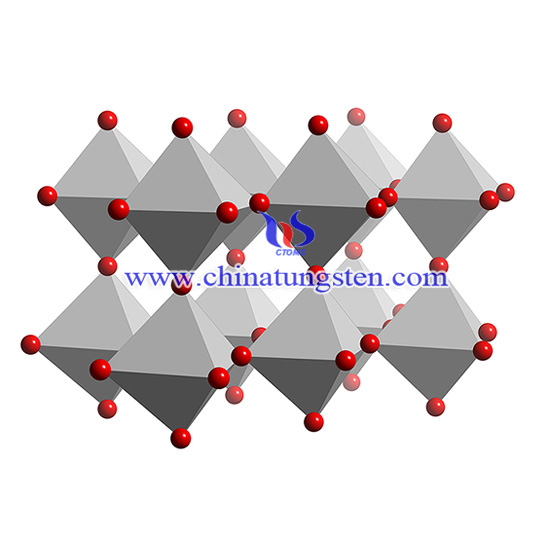A Large-Scale Production of Tungsten Trioxide Nanoparticles Using Ammonium Paratungstate
- Details
- Category: Tungsten Information
- Published on Friday, 13 November 2020 02:10
Tungsten trioxide (WO3) powder has been applied in production of light filaments and tungsten carbide. As more of its characteristics have been discovered, WO3 powder has expanded its applications in devices such as electrochromic display, semiconductor gas sensors and photocatalysts due to its outstanding electrochromic, gaschromic, thermochromic and optochromic properties. A WO3 powder with nanostructure is considered to possess enhanced properties mentioned above, owing to their large surface area and unique physical properties.
Modern routes to produce tungsten trioxide nanoparticles including wet chemistry method (sol–gel chemistry, hydrothermal method, colloidal process, and ion-exchange method), thermal evaporation, irradiation method, etc. The wet chemical methods have been considered effective for realizing a variety of new nanomaterials with controllable morphologies and stoichiometries yet complicated and time-consuming. The irradiation method and thermal evaporation technique have always been performed under low pressure condition using complicated equipments, which limit their use in industrial applications. It is thus still challenging to produce WO3 nanoparticles in large quantity using simple method with short-processing time and reduced material and process costs.

Therefore, a simple solid evaporation route to large-scale, well-crystalline WO3 nanoparticles from ammonium paratungstate is introduces as below:
Ammonium paratungstate (APT) has been applied as raw material. APT was firstly dispersed on a quartz plate, which was then located in the central area of the horizontal tube furnace. Upon reaching the reaction temperature (1350 °C), Ar gas was introduced and kept flushing for 30 min. A carbon-cloth bag was connected to the outlet of the glass tube, serving as powder collector. The as-synthesized particles were characterized by scanning electron microscopy (SEM), transmission electron microscopy (TEM) and X-ray diffraction (XRD). The average diameter (da) of the particles was calculated, where corresponds to the diameter of approximately 1000 randomly sampled particles in the SEM images.
In this paper, we presented a facile solid evaporation route to prepare tungsten trioxide particles in large quantity. The morphology and size of the resulting tungsten oxide particles can be altered by simply varying the carrier gas flow rate. Single-crystalline quasi-spherical nanoparticles with an average diameter of 60 nm could be obtained when the carrier gas flow rate was 6 L/min. The adsorption activity of the tungsten trioxide particles increased with decreasing particle size.
- APT Manufacturer & Supplier, Chinatungsten Online: ammonium-paratungstate.com
- Tungsten News & Prices of China Tungsten Industry Association: www.ctia.com.cn
- Molybdenum News & Price: news.molybdenum.com.cn
- Tel.: 86 592 5129696; Fax: 86 592 5129797; Email: sales@chinatungsten.com



 sales@chinatungsten.com
sales@chinatungsten.com